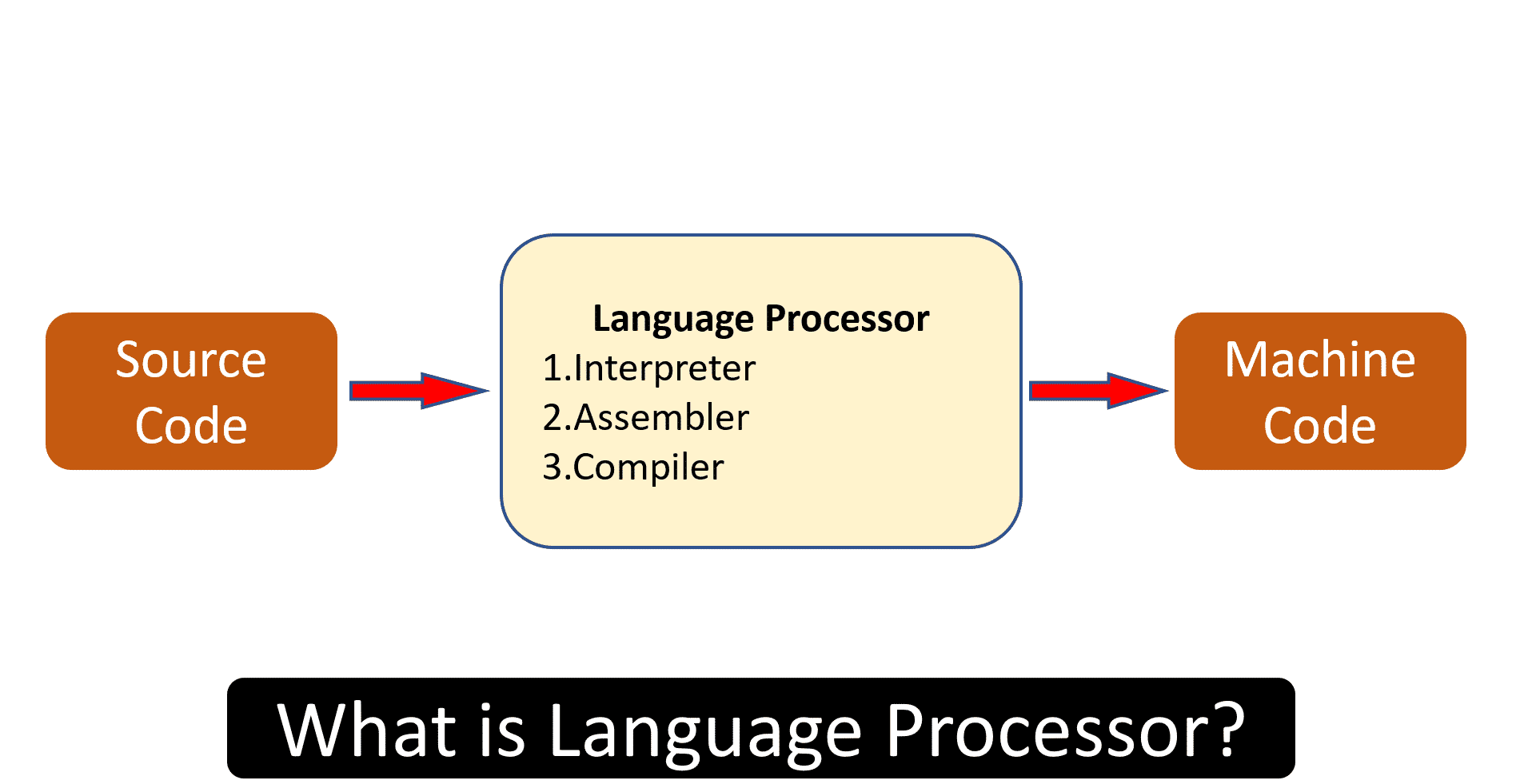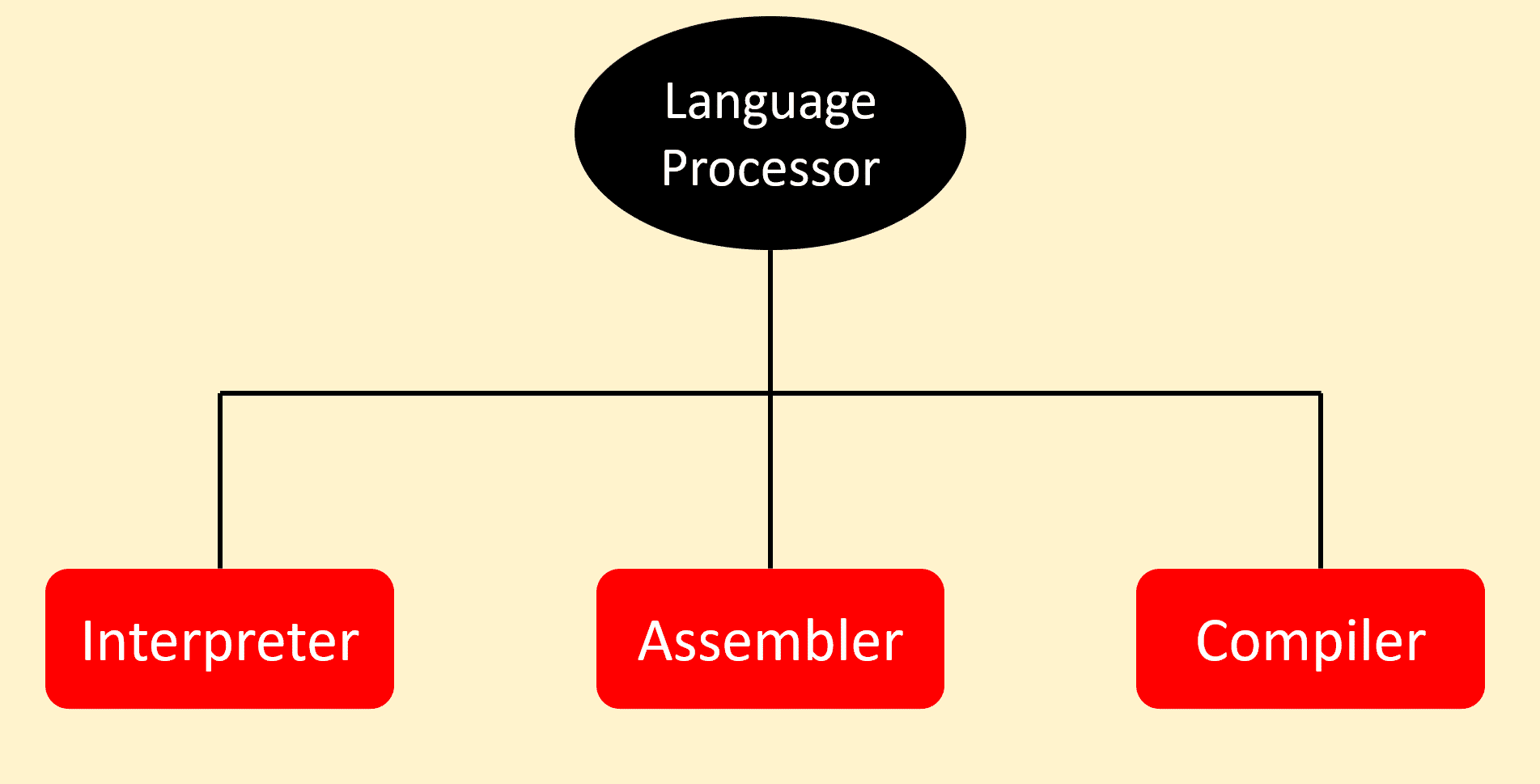What is Language Processor? How to use it in best way?

Language Processor: There are different coding languages like JAVA, C, C++, Python etc., which are written in respective syntax; however, these codes have to be passed through a medium so that the computer can understand them, and here language processor comes into play.
What is Language Processor?
Language Processor is a bridge to the code written by programmers to be processed by the computer for respective outputs. It works as a translator to convert the given code in binary form, i.e. ‘0’ and ‘1’. Since the computers work only on binary numbers, all the given inputs or codes are first meant to be converted in these binary forms for further processing by the system.

What is the complete form of a computer?
Types of Language Processor
They are basically of three types:
- Interpreter
- Assembler
- Compiler

Let’s have a brief introduction about them one by one.
1. Interpreter
It has a long history as it is being used since 1952. It goes throughout the program and converts all the lines in a readable format for the system called intermediate code.
It works over the source code and converts it into intermediate code line by line by line. If there are few errors in a program, it will not display all of them at once; it will display the errors only for the line it has converted; because of these reasons, it is considered to be a slow language processor. Since intermediate codes are in binary form, which is the computer’s language, the system processes it.
However, these intermediate codes can only be processed within that specific software, and the operating system can not process it unless the final output is received.
2. Assembler
It is generally known to provide services for object-oriented programming written in assembly language. The assembler works with low-level languages, unlike compiler and interpreter. It derives its source code from assembly language and converts it to the binary language for the computer.
3. Compiler
It is the fastest and most widely used language processor. Its main feature is that it converts all the programs into machine code at once, unlike an interpreter. It also displays all the errors at once.
The programmer can quickly identify all the errors in the codes at a glance.
However, it becomes difficult to debug as all the errors are displayed at once. Since it processes over the entire code at once, it is comparatively faster than the interpreters, but when it comes to space complexity, interpreters supersede the compiler. It tends to create a new file so it can take more space in memory.
Also Read:
Frequently Asked Questions
What are the types of language processors?
There are three types of language processors, namely:
- Assembler
- Interpreter
- Compiler
Which language processor is most widely used?
Among the three (a) Assembler (b) Interpreter (c) compiler, ‘compiler’ is most widely used.
What is the difference between interpreter and compiler?
The interpreter goes through the code line by line to detect the error in a single line at once, whereas in the compiler, all the errors are detected at once.
